
Fruit Trees: Protecting Your Orchard Naturally
against diseases and pests
Contents
To keep your fruit trees healthy, proper planting is crucial. To ward off parasitic pests and prevent diseases, organic preventive or curative treatments such as sprays of Bordeaux mixture or plant-based preparations should help you achieve abundant harvests.
Planting and maintaining your orchard for the best chances of success
When planting:
- Choose varieties suited to your soil and climate.
- Select the location for your tree carefully based on the provided guidelines (for example, a sunny spot sheltered from prevailing winds…).
- Space young plants sufficiently and according to their future growth.
Over the years:
- Regularly clear the area around the base of the tree.
- Prune with sharp and disinfected tools.
- Apply a resinous wound sealant or clay-based product to pruning cuts.
- Place insect hotels to encourage pollinating insects (bees, butterflies, hoverflies…) and predators (ladybirds).
- If possible, plant mixed hedgerows and flowering strips to promote biodiversity.
- Remove any remaining fruit on the tree or fallen on the ground.
- If disease occurs, immediately remove all infected parts (fruit, branches…), as soon as the first symptoms appear. Do not compost them, but burn them if possible.
Read also
Lime washing fruit treesMain Diseases and Pests of Fruit Trees: Symptoms and Natural Treatments
-
Brown rot (peach, apricot, apple, pear, cherry, plum trees…)
This disease is caused by a fungus, recognisable by the appearance of brown rot with concentric circles dotted with white on the fruits. As a preventive measure, spray with Bordeaux mixture and a horsetail decoction. Lime-wash the tree trunks during winter. You can also plant horseradish at the base of the trees, but beware – horseradish will establish itself permanently!
-
Peach leaf curl (peach, apricot and nectarine trees)
Leaf curl is caused by a fungus and is characterised by blistered leaves that turn red then dry out. Spray with Bordeaux mixture as a preventive measure. Another more original method: place unwashed, uncooked eggshells in a net and hang them in the peach tree during flowering. Repeat this several times. It is also advisable to plant garlic and nasturtiums at the base of the peach tree.
-
Shot hole disease or Coryneum (plum, cherry, apricot, peach, nectarine trees)
The leaves develop round brown spots edged with red, which eventually form small holes. Caused by a fungus, this disease can be treated preventively by spraying with Bordeaux mixture.
-
Codling moth (apples and pears)
The apple or pear worm is actually a small caterpillar that burrows into the fruit to reach the pips. To limit its development, lime-wash the tree trunks during winter. Place corrugated cardboard bands along the trunk to trap codling moth larvae. Install bat boxes and nest boxes (for tits), as they are natural predators of the codling moth. Bag the fruits with brown kraft paper. In spring, use pheromone traps if necessary.
-
Scab (apple and pear trees)
The leaves and fruits develop brown spots, and the fruits crack: these are the symptoms of scab, caused by a fungus (different for apples and pears). Treat preventively with Bordeaux mixture, wettable sulphur, combined with nettle manure or a horsetail decoction. Lime-wash the tree trunks during winter. Bag the fruits with brown kraft paper.
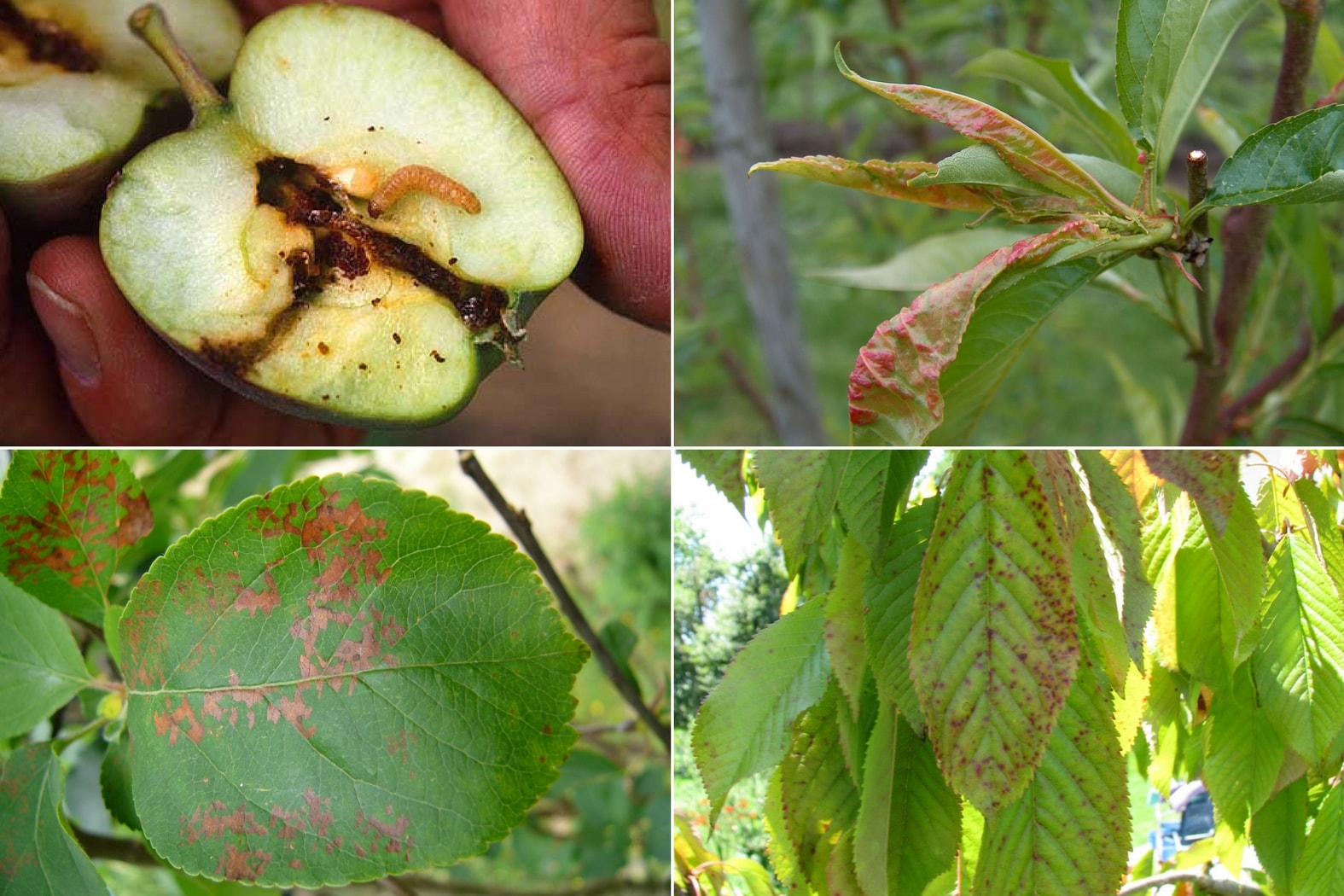
Codling moth – Leaf curl – Scab – Coryneum
-
Powdery mildew (apple trees)
The white felting on the leaves, caused by a fungus, can be treated preventively with sulphur and possibly curatively if the damage is minor. You can also use nettle manure or a horsetail decoction, but be careful not to over-wet the foliage as this encourages the development of powdery mildew.
-
Aphids (fruit trees in general)
To combat aphids (curling and yellowing leaves, ants nearby), several options are available: spray a mixture of water and black soap, encourage the presence of ladybirds, grow plants at the base of the trees that attract aphids (nasturtiums) or repel them (marigolds, lavender, mint, rue…) or spray with nettle manure, fern manure or a tansy decoction.
-
Rabbits and other rodents
Protect the bark of the trunks by installing a plastic or metal mesh at the base of the trees.
If you use Bordeaux mixture (a mixture of copper sulphate and lime), follow the prescribed dosages.
Discover other Fruit trees
View all →Available in 1 sizes
Available in 1 sizes
Available in 1 sizes
Available in 1 sizes
Available in 1 sizes
Available in 2 sizes
Available in 1 sizes
Available in 1 sizes
Available in 1 sizes
Available in 1 sizes
- Subscribe!
- Contents


































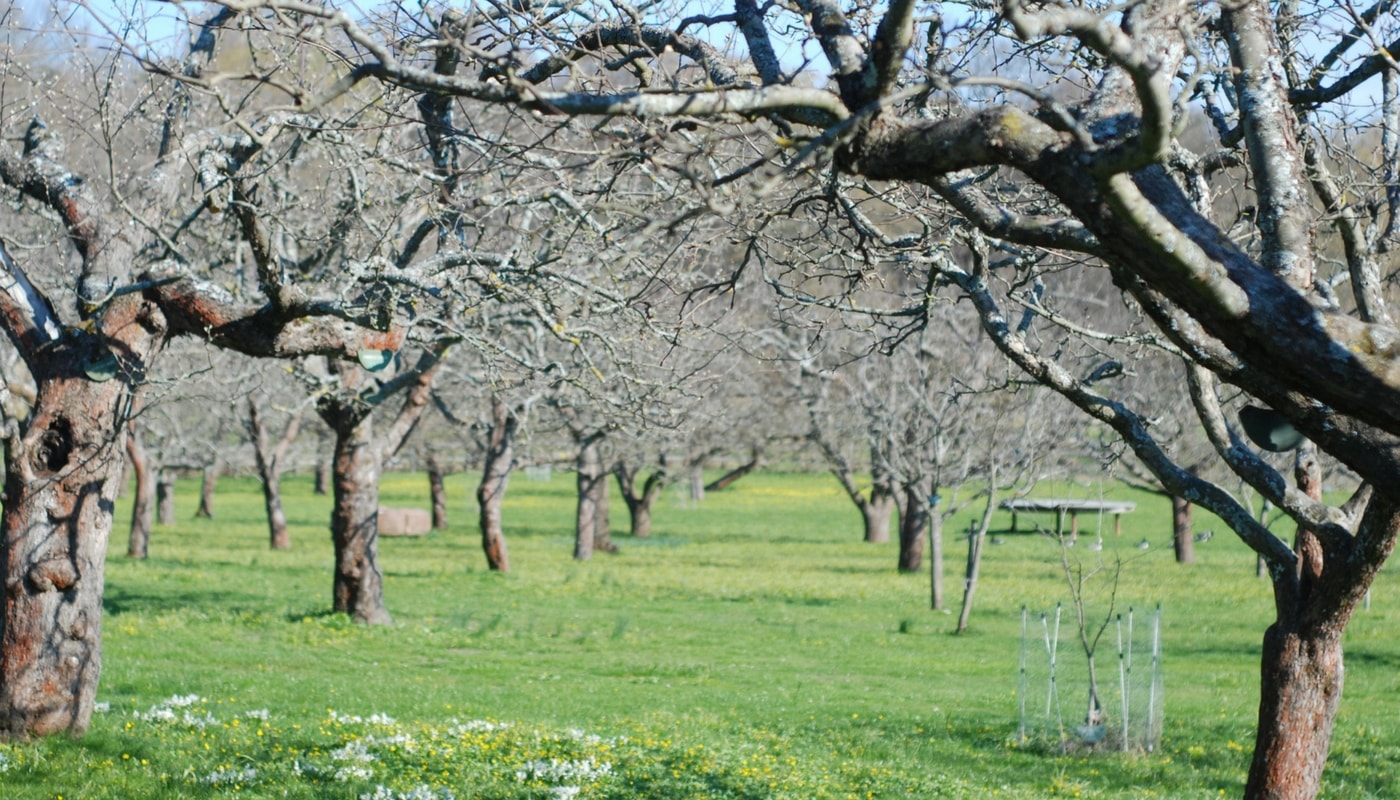
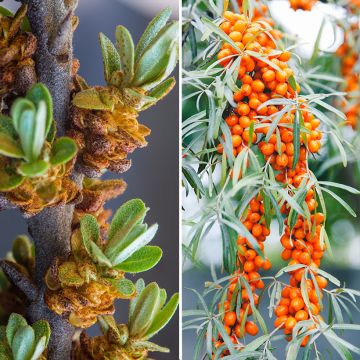
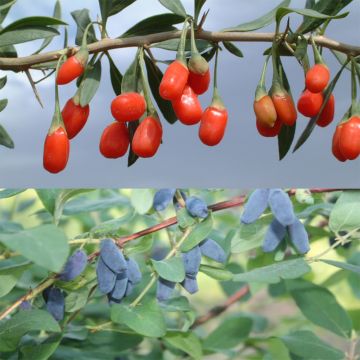
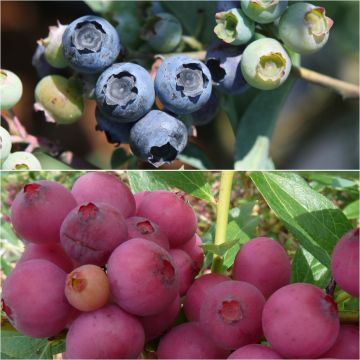
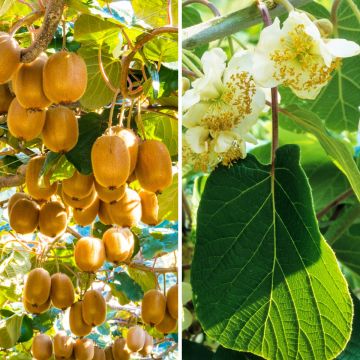
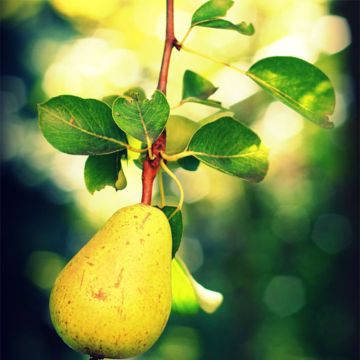

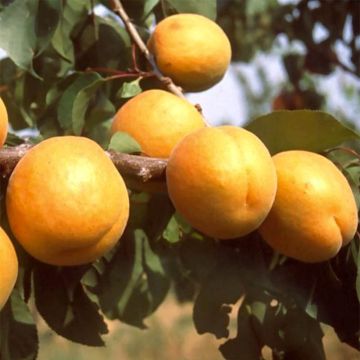
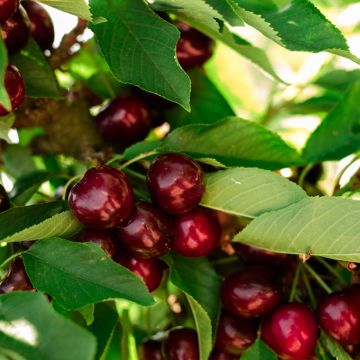
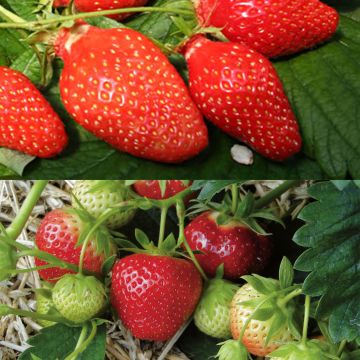
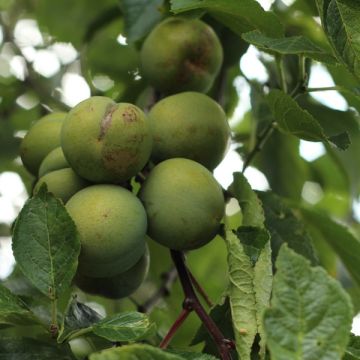
Comments